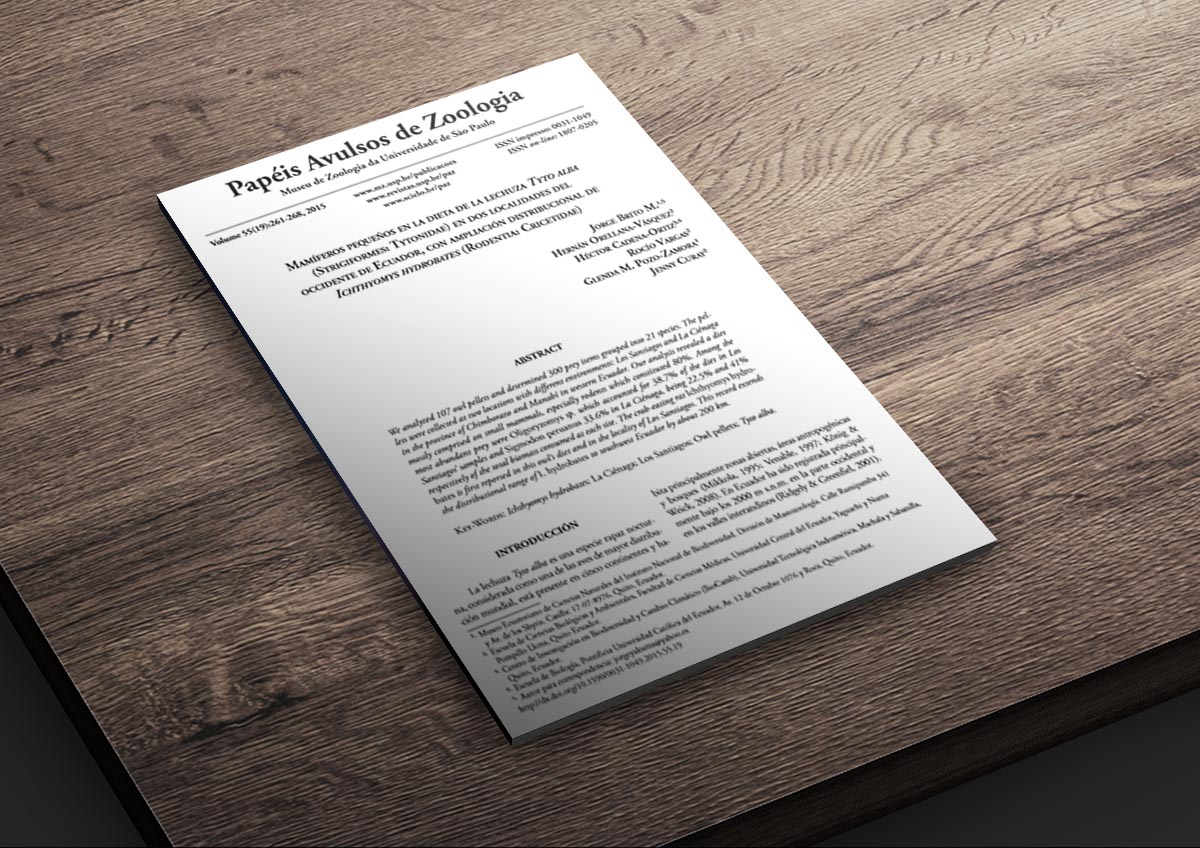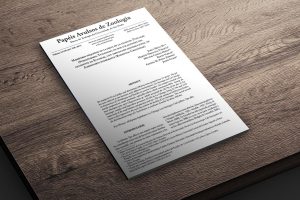Morphological similarity and dental homologies in two sigmodontine rodents (Mammalia, Cricetidae) from different tribes: A topological analysis to explore convergence
| Título: | Morphological similarity and dental homologies in two sigmodontine rodents (Mammalia, Cricetidae) from different tribes: A topological analysis to explore convergence |
| Identificador de recurso: | https://onlinelibrary.wiley.com/doi/10.1002/jmor.21331 |
| Fecha: | 2021-02-06 |
| Autor: | Barbière, Franck; Ronez, Christophe; Ortiz, Pablo E.; Pardiñas, Ulyses F.J. |
| Otros colaboradores: | |
| Editorial: | Journal of Morphology |
| Derechos: | Acceso Abierto |
| Descripción | We present a topological analysis of the third upper molars (M3) using the recently developed ICAMER nomenclatural system as a way to understand the dental morphological similarity in sigmodontine rodents, the most speciose subfamily of cricetids. The method is explored in Scapteromys aquaticus and Abrothrix olivacea, taxa belonging to two diverse tribes, Akodontini and Abrotrichini, respectively, which exhibit high similarity regarding several craniodental traits as well as external anatomy. Both species show morphologically similar M3 in adults characterized by cylindrification and the isolation of a large central fossette arising from the marginal fusion of the anterior and posterior lobes. The results indicate that, before the wear, these rodents have a strongly different topological pattern at the cuspal level, mostly involving production of the connection between the main cusps. The central fossette derives from the isolation of part of the metaflexus in Scapteromys, while in Abrothrix it originates from the hypoflexus. The topological analysis provides a new approach to sigmodontine systematics, including the ability to detect diagnostic characters of both tribes. More important, it constitutes a new step toward an integrative phylogeny of fossil and living cricetids. |
| Claves |
Abrotrichini, Akodontini, ICAMER, molar, topography.
|
| Relación | e-ISSN: 1097-4687 |
| Cobertura | EC |
| Idioma | en |
| Volumen | 282(4) |
| Formato | |
| Tipo de recurso | texto |
| Fuente | https://doi.org/10.1002/jmor.21331 |
| Descarga | https://doi.org/10.1002/jmor.21331 |



